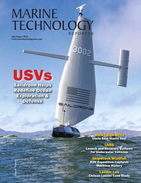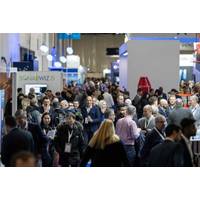
Oceanology International Returns to 2026 ExCeL Conference
;s ExCeL from March 10-12, 2026, to connect the global ocean community for three days of innovation, networking and thought leadership. Welcoming engineering, survey and science professionals from ocean industries including offshore energy, ocean observation and defense, the 2026 edition will spotlight breakthrough solutions driving the future of ocean exploration, environmental monitoring and sustainable marine operations.Adding a fresh dimension for 2026, COAST is launching to increase the attention on the critical coastal and shallow water sectors. The new focus will ensure that coastal resilience
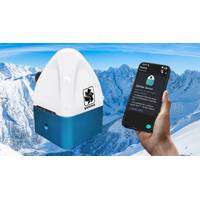
R.M. Young Webinar: “Reimagining Snowfall: Introduction to SNOdar”
“Reimagining Snowfall: Introduction to SNOdar,” taking place on Thursday, August 21, 2025, at 8:00 AM and 1:00 PM EDT. This event marks the beginning of a three-part educational series focused on innovative tools and techniques for winter weather monitoring.The first session will spotlight SNOdar, R.M. Young’s latest LiDAR-based snow depth sensor, designed to deliver reliable performance in harsh winter environments. Led by company experts Andy Oliver, Director of Product & Applications Management, and Ed DiFilippo, Vice President of Global Sales & Marketing, the webinar

Verlume Appoints Valor Ocean Technology As First Canadian Business Development Agent
period working with COVE (Centre for Ocean Ventures and Entrepreneurship, Canada’s hub for marine sector innovation), Verlume has built valuable connections with market leaders, potential clients, and partners, gaining deep insights into the Canadian operating landscape.This week, Verlume will spotlight its technologies at two key events:Wednesday: Presenting at H2O: Home to Overseas Conference, Canada’s flagship ocean technology event, in Halifax.Thursday: Showcasing the company’s subsea batteries and power management systems at COVE Demo Day in Dartmouth
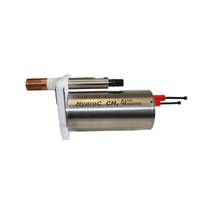
Ocean Business '25: 4H-JENA Engineering Sensors
platforms with limited payload capacity, the sensor is also ideal for installations on commercial vessels and fixed monitoring stations, enabling long-term, reliable data collection for climate research and environmental assessment.In addition to the latest sensor developments, 4H-JENA Engineering will spotlight its FerryBox technology, a solution for continuous seawater analysis. FerryBox provides real-time insights into key parameters such as pH, oxygen, salinity, and CO2 levels, supporting efforts to track ocean acidification, pollution, and climate-driven changes in marine ecosystems
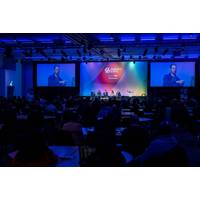
Subsea Expo 2025 Theme Announced and Conference Programme Confirmed
, a women in industry session and one featuring a panel of young industry professionals will offer perspectives on a range of topics and key industry subjects, including diversity, innovation, sustainability and the potential of artificial intelligence.Concluding the programme are a series of sector spotlight sessions, which will see companies from across the underwater supply chain showcase innovations, highlight new technologies and discuss collaborative projects. Sessions will cover ROVs and robotics, maintaining late-life subsea assets, subsea power control systems and umbilicals, innovation
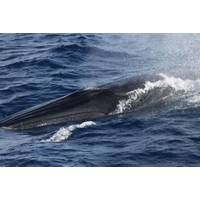
Rice’s Whales Heard in the Western Gulf of Mexico
in marine debris, climate change and its effect on prey and entanglement in fishing gear.Rice’s whales are listed as an endangered species under the Endangered Species Act, and is protected under the Marine Mammal Protection Act. They are also a part of NOAA Fisheries’ Species in the Spotlight initiative, which brings greater attention and leverages partnerships and resources to save this highly at-risk species.PartnershipsThis work involved many researchers from these partner institutions:Scripps Institution of OceanographyUniversity of MiamiUniversidad VeracruzanaUniversidad Nacional

ONC’s Deep Sea Observatory Supporting Ocean-based CO2 Removal Research
cultivation could remove around 100 million to 1 billion tons (1 gigaton) of CO2 per year.Over the next 12 months the project will investigate what happens to carbon-capturing biomass after it sinks to the seafloor and its potential impacts on the deep sea environment as it resides there. Under the spotlight will be Carbon Buoys that are designed to grow algae (or seaweed), and capture and convert CO2 into algal biomass through photosynthesis. Once the buoy reaches a point of negative buoyancy, it sinks to the seafloor.ONC’s established deep-sea observatories provide a unique ocean-scale laboratory
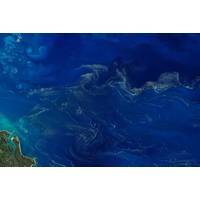
Modeling Micro-algae to Better Understand the Workings of the Ocean
phytoplankton which have significant features in common such as size or feeding strategy. This approach assumes each type can have a different impact on the carbon cycle and play a different role in the ecosystem.Diazotrophs – allies of the climateOne type in particular, diazotrophs, are under the spotlight at the moment. These organisms, as their name indicates, use nitrogen (N2) molecules for their growth (etymologically speaking, for feeding, from the Greek word trophos). By transforming N2, diazotrophs provide nutrients that are essential to other phytoplankton and allow them to photosynthesise
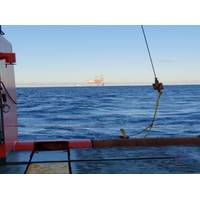
Innovative Seismic Monitoring Tech Developed for Danish North Sea CO2 Storage Project
was captured at an INEOS Oxide site in Belgium, transported to the Danish North Sea, and then stored in the INEOS-operated Nini field in the Danish North Sea.Monitoring technologyA wide range of consortium members are behind the newly developed CO2 monitoring technology, including the French company SpotLight: "After the first CO2 storage, it was important for us to demonstrate the efficiency and flexibility of our monitoring solution."We could quickly carry out the first monitoring of the reservoir and thereby obtain important information about where the stored CO2 is located in the reservoir
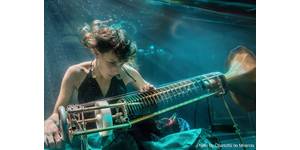
 August 2025
August 2025


